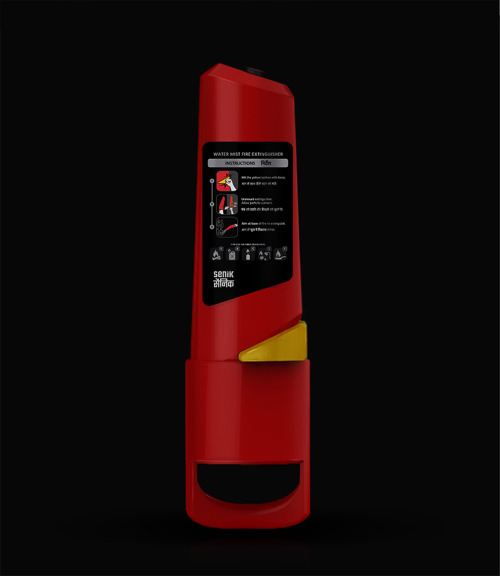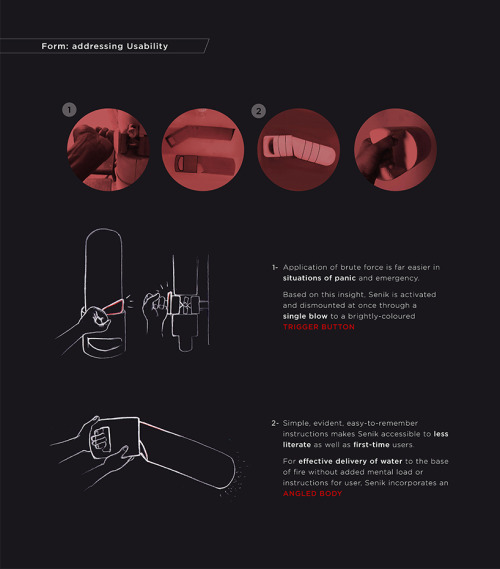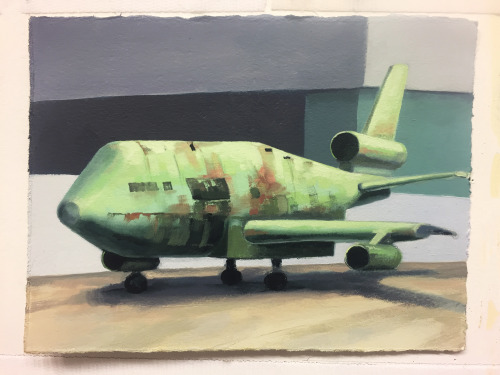#fire safety
Laws of Candle Care
Candles, while popular in religion and magik, are rarely properly cared for. Many who use them don’t even know how to take care of them. And when you don’t take care of your candles, especially candles used for divination, you use them up much quicker and get a lot of false responses.
This guide is important for anyone who burns or wants to burn candles, regardless of how much you think you know.
Vocabulary
There are many, many types of candles. This isn’t anywhere near all, but the four kinds you should be aware of:
- Tealights: (small, round candles, usually about an inch in diameter)
- Pillars: (freestanding cylindrical candles of varying sizes)
- Container candles: (candles poured directly in a container–includes prayer candles, which are tall glass pillars)
- Tapers:(Tall, thin candles that stand in holders–includes chimes, which are miniature tapers)
Wick: The string, wood, etc. in the center of a candle that you light. Usually a cotton string coated with wax.
Hugging the edges: The process where the outer edges of a partly melted candles are pushed in to extend burn time.
Burn time: The amount of time it takes a candle to burn out when properly maintained and/or the amount of time a candle is being burned
Double boiler method: Heating wax in a pot inside another pot of water. This prevents it from catching fire or burning.
General
Location: Burn candles at least 1 foot from other flammable materials. Never burn a candle directly under anything–candles need at least a meter/yard of space above them to burn safely. Be careful when burning candles on a desk or near other candles. If burning a non-container candle, make sure it’s on a heatproof surface like a plate to catch wax.
Wicks: Always trim your wick to ¼ inch before burning, no exceptions. Wick trimmings should be removed from the candle, not left to accumulate in the pool.
Holders: Use a properly sized holder. This is a holder that the candle can sit in the bottom of, but will not shake or fall if lifted.
Burning: Not all candles can burn unattended. In fact, very few can. Always assume that you can’t let a burning candle out of your sight. The main exceptions to this are container candles, but even so, not all container candles can burn alone. Prayer candles are designed to burn continuously, but still require clear, safe space, and should be checked on.
Melting: The first time you burn any candle, you must allow the wax to melt up to the edge of the candle before extinguishing it. Ideally, you’d allow this pool to reach the edge every single time. If you don’t, the candle will tunnel, shortening its lifespan.
Extinguishing: Blow, pinch, or snuff a candle. Never use water to extinguish a candle–this makes it more likely to explode in future.
Troubleshooting
Candle wont light: Check if the wick is too short. If it is, hold a flame near the wick and pour out wax in increments until it can light.
Candle is tunneling: Burn it all the way out to the edge. You may need to manually melt the edges with a separate flame. You might also have forgotten to hug the edges.
Flame is smoking: There’s a few possible reasons;
- Wick is too tall: This one’s easy, simply trim it.
- Too long burn time: If a candle burns too long (usually 3+ hours at a time), the wick may curl or “mushroom.” Extinguish and trim.
- Insufficient air: Most smoking comes from a flame not having enough oxygen (which the above two can cause). This can also come if your space isn’t well ventilated, or if there’s wind, breezes, or other moving air.
Only one side is melting: The candle’s wick is likely poorly centered, or you’re burning it with one side in a hotter/colder place. You may be able to move it the wick to the middle when melted, or move the candle. Otherwise, it’s usually fine to ignore on its own.
“Oh no, what do I do if my candle…”
Spills: Surround the pool with paper towels. Wait for it to cool, then pry off wax with a knife. Beeswax peels easiest. If there’s still wax and it’s on fabric, put paper to blot on both sides, and iron. Wash as normal.
Explodes/Cracks: If it didn’t put itself out, extinguish it immediately. Clean spilled wax and, if present, glass. Do not try to re light the candle, even if the candle is still usable.
Has a curling wick: Extinguish, trim, and wait to fully solidify before burning again.
Catches something on fire: Immediately extinguish both. It’s best to own and use a fire extinguisher for this, as water doesn’t always work or cool it down well. Avoid blowing if at all possible, as this can feed the flame. Do not reuse the candle afterwards.
Candle FAQ
Q: How are candles made?
A: It varies based on the candle! The most common method is by melting down wax in a double boiler and pouring it into a mold, or dipping string repeatedly in a vat of wax.
Q: How do you scent a candle?
A: Typically, you would mix in fragrance or essential oils when the wax is melted before pouring it into a bowl.
Q: Can you put herbs in candles?
A: Certainly! But please don’t do this if you aren’t experienced in candle care, it can be dangerous when they catch fire if you don’t know what you’re doing.
Q: How do you color a candle?
A: You use specific wax coloring! It’s very important to use colors designed for wax, because those are designed to burn safely. Things like food coloring can and will explode or ruin your candle.
Q: What kinds of candle wax are there?
A: There’s a few, but the three you’re most likely to find are paraffin, soy, and beeswax. Paraffin is essentially plastic, making it the least ecofriendly option, but it’s cheapest. Soy wax is from the soy plant, and generally fairly cheap. Beeswax burns the cleanest and longest, and is the best for the environment, but it’s the most expensive. They can generally be told apart by texture if there’s no label; paraffin is usually hard, flat, and bumpy, soy can be flaky and greasy, and beeswax is smooth and sometimes slightly rippled.
Candles in Magik & Divination
Chances are, if you’re here, this is what you use candles for. While it’s exciting to see candles doing weird things, remember you should always check for mundane reasons. Fire isn’t a toy, and an oddly behaving candle can be a hazard, not just symbolic.
When doing a spell with candles, make sure anything on or around the candle(s) is safe to burn. For example, ensuring you used cotton thread or yarn to tie the candle, not adding dangerous herbs to inhale, and keeping an eye on the type of paper you’re burning indoors. (Rolling paper is ideal for burning sigils.)
It’s a bit disappointing to learn a “sign” was only a poorly cared for candle, but it’s far worse to burn your house down over a false sign from an unsafe candle. So take care of them.
More questions? Send in a DM or ask! Feel free to add on in RBs or notes.
TheSenik fire extinguisher proposes more efficiency in emergencies
Designed by Indian product designer Sailee Adhao, this alternative concept for fire extinguishers cuts down the thinking time needed during a fire by dramatically simplifying the process. With a sleek body and a glaring yellow button on its side, the Sinek extinguisher relies only on a strong blow to the lock to activate it.
It works by keeping the contents at high pressure so that when the yellow button is struck, the seal on the inside is shattered and the ingredients begin to mix. This happens in the short time it takes to grab hold of the device and aim it at the fire, and is helped further by the downward sloping body that clicks into place once the button pops out after being struck. The contents then continue to spray until empty.
With its only major drawbacks being the cost of manufacture and upkeep, as well as the inability to turn off the flow once its going, the design is certainly a more elegant solution that what we have now. I think it could really take off.
Find more at Adhao’s Behancepage
Post link
Crashing into Safe Autonomous Flight
Later this year, NASA’s Langley Research Center will host the Safeguard with Autonomous Navigation Demonstration (SAND) competition. Source: Crashing into Safe Autonomous Flight
Post link
Witch Tip
Whenever you are not using your crystal ball, cover it with a dark cloth.
Partially because it’s special and magical.
But mostly because it’s a double convex lens and when a ray of sunshine goes through it, it can act like a magnifying glass and set your fucking house on fire.










